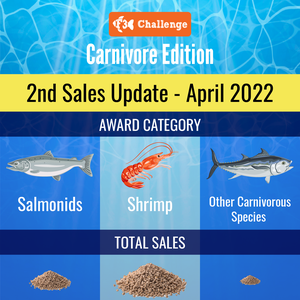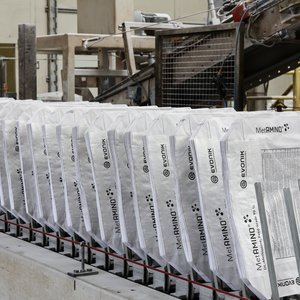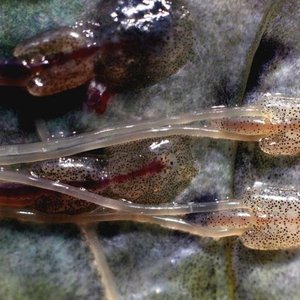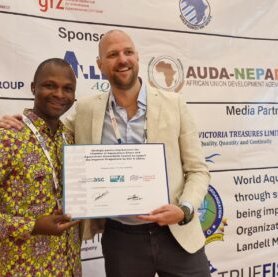Yeast produced from tree sugars can be used as a valuable feed ingredient to promote growth and health in Atlantic salmon, new research shows. This exciting new insight is part of the recently submitted PhD thesis of Jeleel Opeyemi Agboola, a doctoral fellow at the center for research-based innovation Foods of Norway hosted by the Norwegian University of Life Sciences (NMBU).
The thesis investigated whether yeasts produced from sugars from Norwegian spruce trees can promote growth performance, health and robustness of Atlantic salmon. It concludes that not only can yeast be a valuable alternative feed resource to traditional sources of protein but also can make Norway less dependent on imports, and even have beneficial health effects for the fish.
Additional benefits
Jeleel’s results show that yeast can be used as a high-value protein source, without compromising the growth or health of fish. However, yeast from trees can as of now only be produced in low quantities, which is challenging in terms of profitability. This is why an important part of Jeleel’s work is uncovering the additional benefits of yeast for fish health.
“Additional health effects will add a premium on the cost of this alternative ingredient. However, yeasts need to be produced in commercial quantities. So, using the yeast as a protein source in feed for salmon is possible, but there is a need for a consistent supply,” Jeleel explained.
For instance, as part of his research, Jeleel and his team investigated whether yeast produced from wood sugars could improve the health of salmon during their most vulnerable stage of life, the transition from freshwater to seawater.
Official mandate
“In our work, we follow the entire value chain from tree biomass to the final products. Jeleel’s research has provided important insight into how yeast grown on sugars from Norwegian spruce trees can affect the growth performance and health of the fish. This is valuable input for the next steps in making sustainable feeds from Norwegian natural resources,” said Professor Margareth Øverland, Jeleel’s main supervisor at NMBU.
“The Norwegian government has given us a clear mandate, as it has stated that by 2030 all feed ingredients should come from sustainable resources. Part of the industry is already taking this target on board as part of the way forward for Norwegian aquaculture. This will take time, and we need to generate even more knowledge about the impact of novel feed ingredients on fish growth performance and health,” Jeleel said.
In an additional finding, Jeleel’s research showed how some antinutritional factors related to soybean meal in the feed can be counteracted by the bioactive components in yeast, which is linked to the effects the yeast-based feed has on the immune system of fish. “This is an interesting observation. Going forward, we see that these findings must be validated by further research to understand the mechanism of how yeasts can improve the immune response of fish, and in that way affect overall fish health,” Jeleel said.













